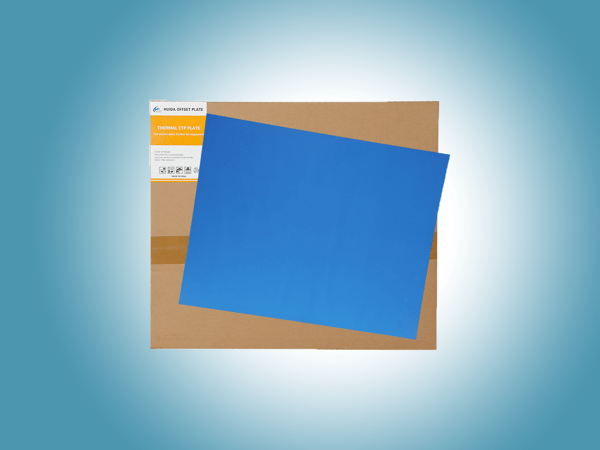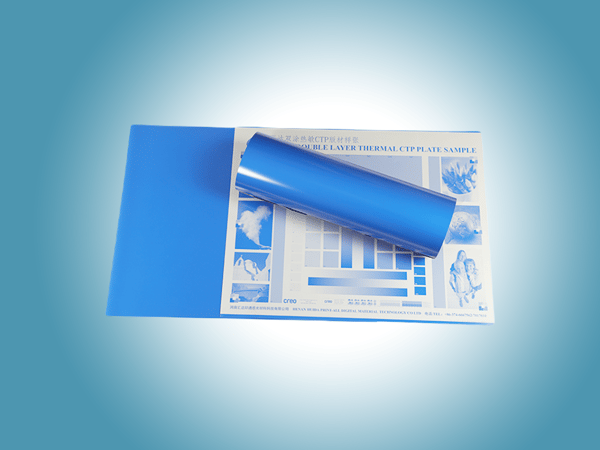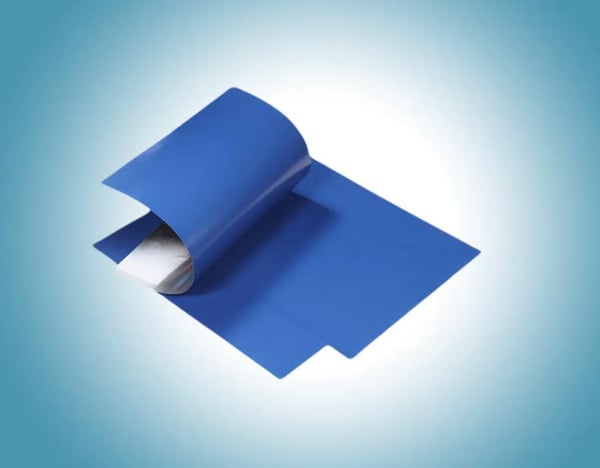The Chinese printing industry underwent a phase of rapid development in the pre-press digital revolution in the late 1990s of the previous century. The traditional printing production methods of digital idea development will be undermined because they are used in many different sectors of the printing industry. Pre-press production has been pushed to the forefront of the digital revolution in this industry, which has been dubbed "changing the fate of Chinese printing," and has emerged as the greatest platform for the competitive debut of a variety of new types of equipment. The "digital information, production standardization, and management systematization" set are particularly prevalent in computer-to-plate (CTP) technology, which makes up a large portion of modern pre-press equipment.
"High-tech, high-quality, high-efficiency" features, consisting of numerous manufacturers trying to make a name for themselves. High-speed manufacturing lines with top-notch technology are used to make the primary products, which are CTCP(UV-CTP) Plate, Single Layer Thermal CTP Plate, and Double Layer Thermal CTP Plate. HUIDA distinguishes out for its consistent product quality, excellent graphic hierarchy reproduction, high resolution, and lengthy run times.
Positive Thermal CTP Plate | Offset Plates

A high-quality printing plate designed specifically for thermal CTP platesetters, a thermal CTP plate is directly scanned by an 830 nm laser under computer control before being placed on a press for printing following development. So, what quality does the thermal CTP plate have?
- The thermal CTP plate can be used in bright room settings because of its low susceptibility to ambient light and infrared laser exposure.
- Both the image and the initial thermal threshold must be produced by the thermal plate. The dot's shape is unaffected by thermal energy over the initial threshold. It is the only form of technology that enables control over expected outcomes. The publication quality is constant, and after exposure, the quality is simple to adjust. The plate's quality is not even slightly affected by extending it to six months before development.
- The thermal plate has strong dot repeatability, a sharp dot edge, high resolution, good printability, and simple ink balance during printing. The printing durability of the plate after baking is 100. greater than 10,000.
Double Layer Thermal CTP Plate | Offset Plates

With the help of the second layer's high level of chemical resistance, the HUIDA double-layered thermal CTP plate technology enables long-run printing without the need for baking. Double-layered CTP plates have higher sensitivity, greater resilience to alkaline chemicals, and anti-scratch properties than single-layered CTP plates.
UV-CTP Plate | Positive CTCP Plate

With no need for films or rinse supplies, CTCP is a fantastic improvement over the conventional PS plate. It enables printers to fully utilize the benefits of traditional PS plates without worrying about picture quality being compromised during plate making. Additionally, CTCP eliminates the need for manual imposition. And With the use of CTCP technology, the variables (such as dust and film scratches) that could lower image quality were avoided, considerably enhancing image accuracy.
However, what differences exist between CTP and CTCP?
- Different exposure materials
CTCP records digital data on a regular PS plate, whereas CTP records digital data on a unique CTP plate covered with a unique photosensitive layer. The imaging exposure of CTP has exceptionally high requirements on the photosensitive layer of the plate because the laser light source of CTP has very rigorous wavelength requirements and the range of photosensitive wavelength is quite restricted.
- Different exposure technologies
Exposure technology is the primary topic, regardless of whether the equipment is CTCP or CTP equipment. It is strongly related to both the device's lifespan as well as the quality of the exposure imaging. The exposure light source for CTCP is a short arc UV high-pressure mercury lamp, and the platform exposure is completed using a magnetic levitation drive and digital dot imaging technology.
- Different fusion performances of CTP/CTCP plate and printing process
Although CTP and CTCP equipment can both be integrated into the printing process, their needs and outcomes couldn't be more dissimilar. The CTP plate's coating material differs significantly from the coating material of the standard PS plate, which results in a significant variation in the printing process' appropriateness of the CTP plate vs the standard PS plate. The printing process can be integrated with CTCP to great effect.
Please feel free to leave any questions you have concerning the aforementioned products, and we will respond to you right away.

